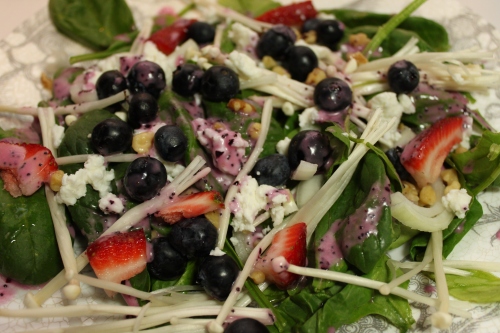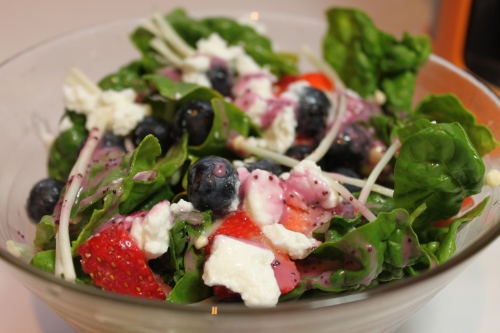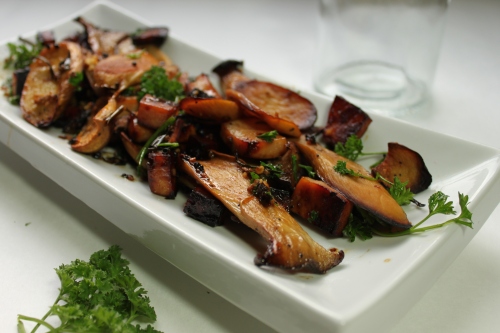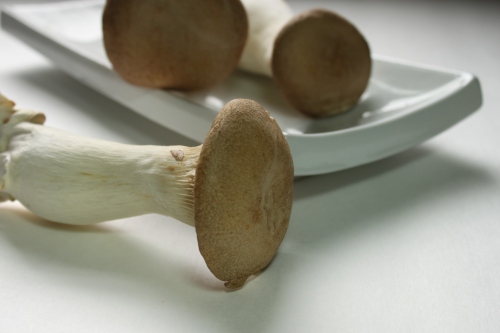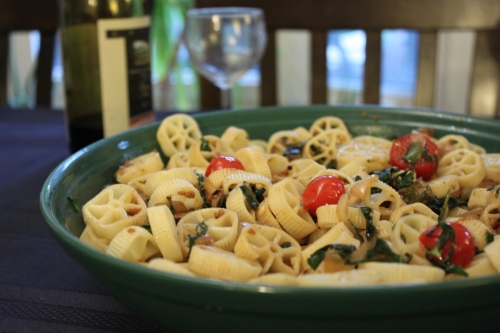In Bamidbar 15:38-39 God says to Moshe:
“Speak to the children of Israel and you shall say to them that they shall make for themselves fringes on the corners of their garments, throughout their generations, and they shall affix a thread of sky blue [wool] on the fringe of each corner. This shall be fringes for you, and when you see it, you will remember all the commandments of the Lord to perform them.”
First of all, lets take a look at Tzitzit. (fringes or tassels)

Rav Kook has a beautiful vort about the connection between Tzitzit and the soul. He explains that the soul functions on three levels: a) the actual soul, b) the soul’s character traits (compassion, tolerance, humility, etc) and c) the soul’s actions and conduct.
The deepest level is the actual soul. It’s completely removed from the physical world and can only be seen through the second two levels, characteristics and actions. The character traits act as the soul’s ‘clothing’ or ‘garment’ and indicate the deeper nature of the soul.
The last level of the soul are our actions. Our actions and behaviour are reflections of our character traits, and like the Tzitzit that emanate from the four corners of a garment, they represent endless variations and possibilities.
One thing we must remember, just as people judge us based on the choice of clothing, we are evaluated based on our traits. Like clothing though, they are external and can be changed.
Let’s talk about Techelet, the dyed sky-blue thread which is a the stunning shade of indigo. According to the most recent research, the source of the ancient Techelet dye was the murex trunculus snail.
According to Rav Kook the colour is reminscent of the sublime; the oceans, the sky, and God’s Holy Throne (Sotah 17a):
Sky-blue is the background color of the universe. The techelet thread connects us to the very Source of life, from whom all forces flow. Together with the other threads, which correspond to the color of the garment and represent the diverse range of human activity, the techelet thread complements and completes the function of the tassels.
The Torah teaches that the mitzvah of wearing tzitzit corresponds to all 613 mitzvot: By wearing a garment with these special tassels, we envelop our souls in the Torah’s magnificent fabric of values and deeds.
Here’s a recipe that’s inspired by the colour blue, although this colour obviously does not come close to the sublime nature of Techelet.
![Bamidbar/Numbers 15;38 Speak to the Israelites and tell them to to make tassels (tzitzit) on the corners of their garments for all generations. They shall include a thread of sky-blue [wool] in the corner tassels.](https://torahportions.files.wordpress.com/2013/05/img_6408.jpg?w=500&h=333)
Bamidbar/Numbers 15;38 Speak to the Israelites and tell them to to make tassels (tzitzit) on the corners of their garments for all generations. They shall include a thread of sky-blue [wool] in the corner tassels.
Spinach Salad with Blueberry Poppy Seed Dressing
Spinach Salad:
- 1 bag of spinach
- 1/4 red onion, thinly sliced
- 1/2 package enoki mushrooms
- 1/2 cup feta cheese, crumbled
- 1/4 cup chopped walnuts, or blanched almond slices
- 1/2 cup grape tomatoes, cut in half
- 1/3 – 1/2 cup blueberries
Layer above ingredients in the order of the recipe.
Blueberry Poppy Seed Dressing:
- 1/3 cup sugar, (next time I’m going to try this with Stevia/xylitol. If you’re interested in the results leave a comment or shoot me an email)
- 1/3 cup cider vinegar
- 1 tsp dry mustard
- 1 tsp garlic
- 1 tsp salt
- 1/4 teaspoon pepper
- 1 cup oil
- 1/4 cup blueberries
- 2 tablespoons poppy seeds
Puree ingredients in food processor. Drizzle on salad and enjoy!
B’tayavon and have a great Shabbos!

